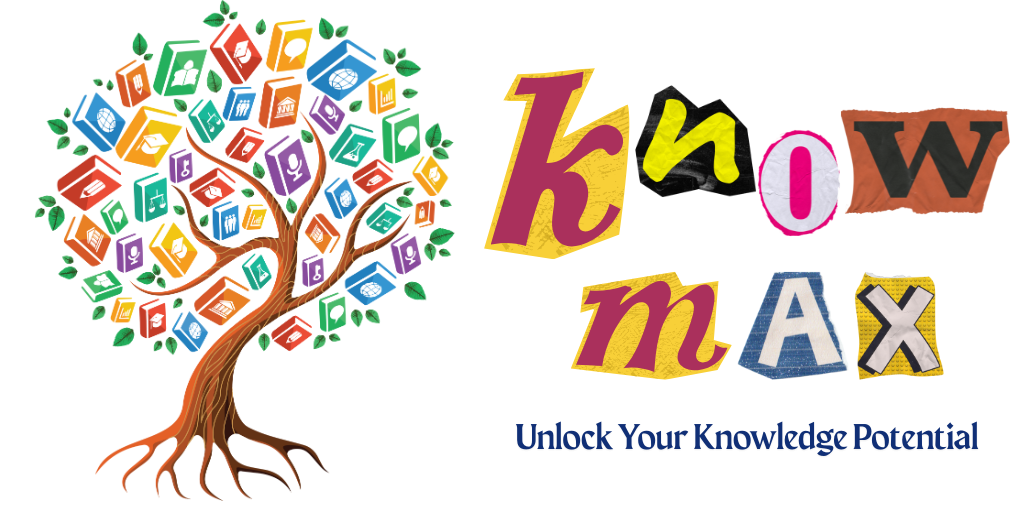As the landscape of education evolves with the integration of generative AI tools, many students are increasingly turning to chatbots for assistance with their inquiries. Recent findings indicate that a significant percentage of young individuals utilize these AI resources to seek information, highlighting a shift in how students engage with educational support systems.
This trend presents a unique opportunity for educational institutions to connect with their students through tailored, institution-specific resources delivered via chatbots.
In the latest episode of Voices of Student Success, Jeanette Powers, the executive director of the student hub at a prominent university, shares insights about their innovative chatbot, Spirit. This AI-driven tool is designed to assist staff in identifying and addressing student needs, particularly during challenging times.
Below is an edited excerpt from the podcast.
Q: Can you share the background of how Spirit was introduced to your campus and the specific needs it aimed to address?
A: Absolutely! At our university, we pride ourselves on being student-centered, and we wanted to ensure that student voices were prioritized in our initiatives. In the academic year 2023-24, we sought ways to engage students more proactively than our traditional reporting systems allowed. Our goal was to create a platform where students could express their needs and concerns.
After conducting research on various AI platforms, we partnered with a company that helped us bring Spirit to life. This chatbot has become a vital resource for students, allowing them to ask questions, find campus resources, and provide feedback that helps us support them better. By using our mascot as the face of the chatbot, we aimed to create a friendly and relatable interface for students.
Q: It must be less intimidating for students to interact with a mascot rather than an anonymous administrator.
A: Exactly! Especially for first-year students, having a familiar mascot they’ve encountered during orientation makes the interaction feel more personal and less daunting.
Q: Given that AI is still a relatively new concept, how has your campus culture adapted to its implementation?
A: The rapid evolution of AI has been embraced at our institution. We recognized the importance of maintaining a human element within our AI system. While Spirit serves as a chatbot, we have dedicated staff members monitoring interactions to ensure that students receive the support they need. This human oversight is crucial for addressing any concerns that may arise during conversations with the chatbot.
Moreover, the chatbot operates 24/7, providing students with immediate access to information outside of regular office hours. This has proven invaluable, especially for first-year students who may have questions at odd hours.
Q: How did you customize the chatbot to ensure it meets the specific needs of your campus community?
A: Customization was essential. Unlike generic chatbots, Spirit is designed specifically for our university. We developed a knowledge base filled with relevant information, such as campus hours and contact details for various departments. This allows students to receive quick answers without having to navigate through multiple resources.
Additionally, Spirit proactively engages students by asking targeted questions throughout the academic year. This approach enables us to gather insights on their academic, financial, and personal well-being, allowing for timely interventions when necessary.
Q: What kind of data have you collected to understand the overall student experience?
A: The data we’ve gathered has been enlightening. We can analyze trends among different student demographics, such as first-generation students and athletes. Over the past year, Spirit has facilitated over 17,000 interactions, with an impressive opt-in rate of 98%. We’ve also observed that students who engage with the chatbot have a higher retention rate compared to those who do not.
This data underscores the importance of connection and belonging in a student’s experience. By fostering these relationships, even through a chatbot, we can significantly enhance student engagement and support.
Q: What advice would you give to other institutions considering implementing a chatbot?
A: The key is to invest time and effort into building a robust backend system. It’s not just about launching a chatbot; it’s about ensuring it has accurate and comprehensive information to provide students. Additionally, be prepared for varying levels of engagement. Not every student will respond, and that’s perfectly fine. The goal is to create a resource that students feel comfortable using whenever they need assistance.
As we move into the next phase of our chatbot implementation, we aim to make the data we collect more accessible to faculty and staff, fostering a collaborative approach to student support.
In conclusion, the integration of AI chatbots like Spirit represents a significant advancement in how educational institutions can support their students. By prioritizing student engagement and utilizing data-driven insights, we can create a more inclusive and responsive educational environment.
